Recently updated on July 19th, 2024 at 09:12 am
Budapest is one of our top under-the-radar destinations in Europe. It’s one of those cities that everyone’s heard of, but most people have never visited. Once you take the leap, you’ll see why it’s so famous. Incredible architecture, telling a visual history of Europe from the Holy Roman Empire all the way to the Soviet Union. Abundant geothermal springs (the most for any European city), giving Budapest the moniker ‘City of Spas’. A unique, bohemian vibe characteristic of Central Europe with rattling yellow trams, huge boulevards, and hip courtyards.
I’m Jason, staff writer for Trafalgar and I spent the past few months in Hungary – the country where my grandmother was born. I stayed in Budapest to get a real feel for the city, wandering its backstreets, roaming its boulevards and trying its many cafés and eateries. I also joined a running Trafalgar tour (Prague, Vienna and Budapest) for a few days, seeing the incredible experiences our guests enjoy when they visit this wonderful city. After my journey, I can give an honest, no-frills account of the best way to spend 48 hours in Budapest.
Cruise the Danube
Every visit to Budapest must include a cruise of the Danube. This epic river, the second largest in Europe, starts in Germany’s Black Forest and meanders through 10 countries before ending in the Black Sea, in Ukraine and Romania. My first meeting with the Trafalgar tour was on this cruise with the lovely TD Judith and Local Expert Kati.
The evening sky was clear as the sun set, reflecting glorious shades of violet, amber and marshmellow-pink off the surface of the Danube. We strolled slowly along the promenade, past several moored boats bobbing left and right along the river. We then got to our ship and boarded, each of us greeted with a glass of champagne and a smile. The inside was almost all wood, with an artful bannister and traditional stairs as well as expertly-crafted panelling all along the boat’s interior. It reminded me of the Transylvanian restaurants I had eaten in elsewhere in Budapest. When everyone was settled, the boat started gliding gently through the rippling Danube.
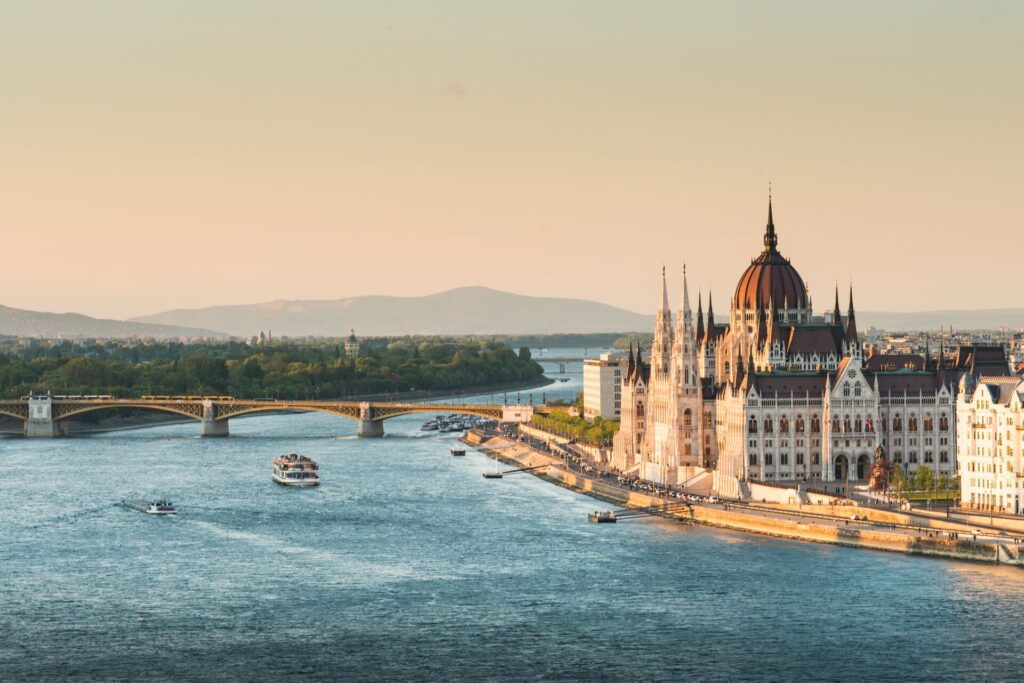

After a warm welcome speech from our Local Expert Kati and some sips of the bubbling champagne, we were encouraged to help ourselves to the lovely feast of traditional Hungarian fare set out in front of us. Out of my whole two months here, I didn’t have better Töltött Káposzta (stuffed cabbage) than on this ship. Other Hungarian staples on offer were Szegedin Goulash, chicken paprikash, and Dobos-Torta – sponge cake layered with chocolate buttercream and topped with caramel.
As we dug in, our Local Expert pointed out important monuments and landmarks that we were passing on both the Buda and Pest sides of the city. They were at first lit by the setting sun’s golden light, but on the last leg of the cruise they were lit up by floodlights, somehow making them look even more beautiful. Kati told us interesting anecdotes about the history of these sights, like Gellert hill, the cave church, Parliament building, Buda Castle and more.
I can tell you from firsthand experience, that there’s no better way to take in the gorgeous city’s illuminated landmarks. I took other cruises on my trip, but this – with a wonderful traditional Hungarian meal and a local teaching you about the city’s history – was the most magical.
Explore the Castle District
Exploring the Castle District in Budapest is like stepping into a fairy tale. This historic area, perched on a hill overlooking the Danube, is home to stunning architectural marvels and rich cultural heritage.
We wandered through the cobbled streets in the courtyard of the majestic Buda Castle, a symbol of Hungary’s storied past. We made sure to visit the Fisherman’s Bastion, with its seven ornate towers offering panoramic views of the city and the river below. Local Expert Kati pointed out nondescript buildings along the way, showing how the Soviets built atop older structures, showing us how you could see the stories of two distinct eras in one building.
The Matthias Church, with its colorful tiled roof and intricate details, is another must-see landmark. Look out for Hungarian Zsolnay tiles on the roof, a unique and typically Hungarian style. The Castle District’s blend of medieval, baroque, and 19th-century architecture, combined with its picturesque setting, is a perfect symbol for Budapest’s rich history.
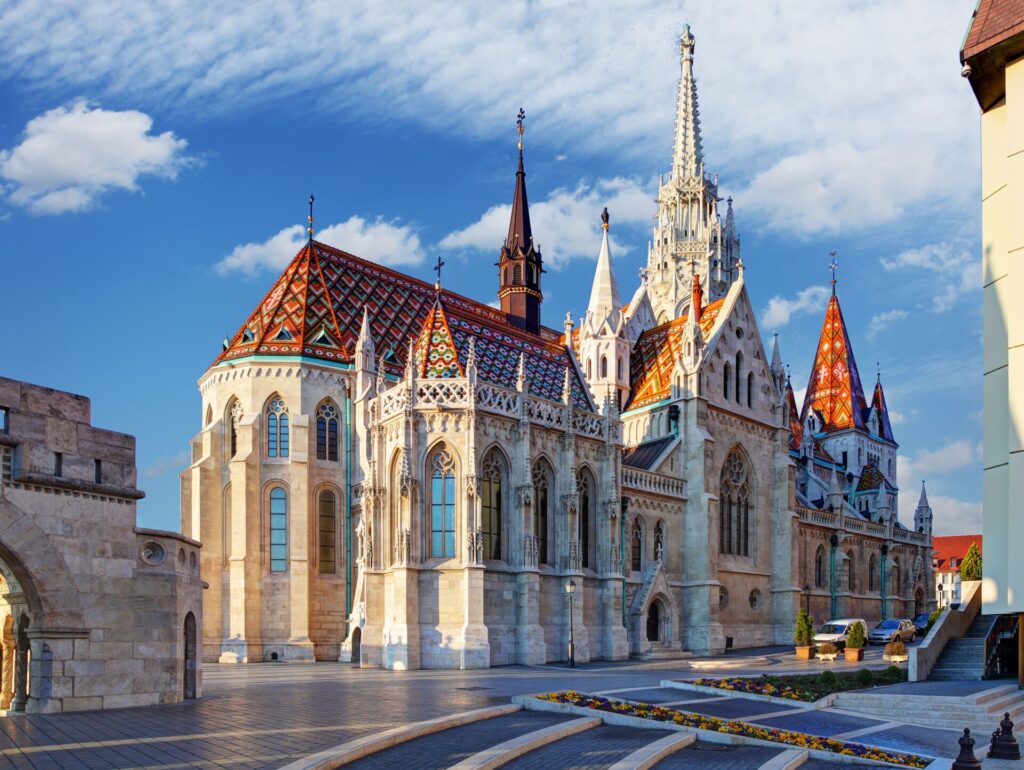

See iconic places of worship
Seeing the iconic places of worship in Budapest is a profound journey into the city’s spiritual and architectural heritage. As you wander through the Jewish district, you’ll come across Dohány Street Synagogue, which is the largest synagogue in Europe. It captivates with its stunning Moorish Revival architecture and poignant history, symbolizing the enduring legacy of Budapest’s Jewish community. On Prague Vienna and Budapest, you’ll get a personalised tour of the Synagogue – which I joined.
As we approached a long line waiting impatienty in the summer heat, our tour group breathed a sigh of relief when our TD flashed her Trafalgar ID card and ushered us straight into the Synagogue, past the waiting queue.
Inside, we were treated to our own personal Jewish guide from the Synagogue. He taught us all about Jewish history in Budapest – the Neolog, Orthodox, and ‘Status Quo’ factions of Hungarian Jewry, the Holocaust, and more. As we walked along the Cemetery and Memorial Gardens, we were able to get a small, significant glimpse into this rich, yet tragic part of Hungarian history.
Nearby, Rumbach synagogue also dazzles with its intricate tiles and colors, where you’ll find Transylvanian art mixed in with classic Moorish design. Make sure to check that one out in your free time on the tour. You’ll also get to visit St. Stephen’s Basilica with your Local Expert. It’s another standout with its grandiose dome and ornate interiors: a testament to Hungary’s deep-rooted Catholic tradition. Inside, you’ll find ‘The Holy Right’, which is the mummified right hand of St. Stephen, the first king of Hungary himself. It also offers breathtaking views from its observation deck.
Together, these sacred sites provide a window into the diverse and rich history that has shaped the city’s cultural and historical landscape.
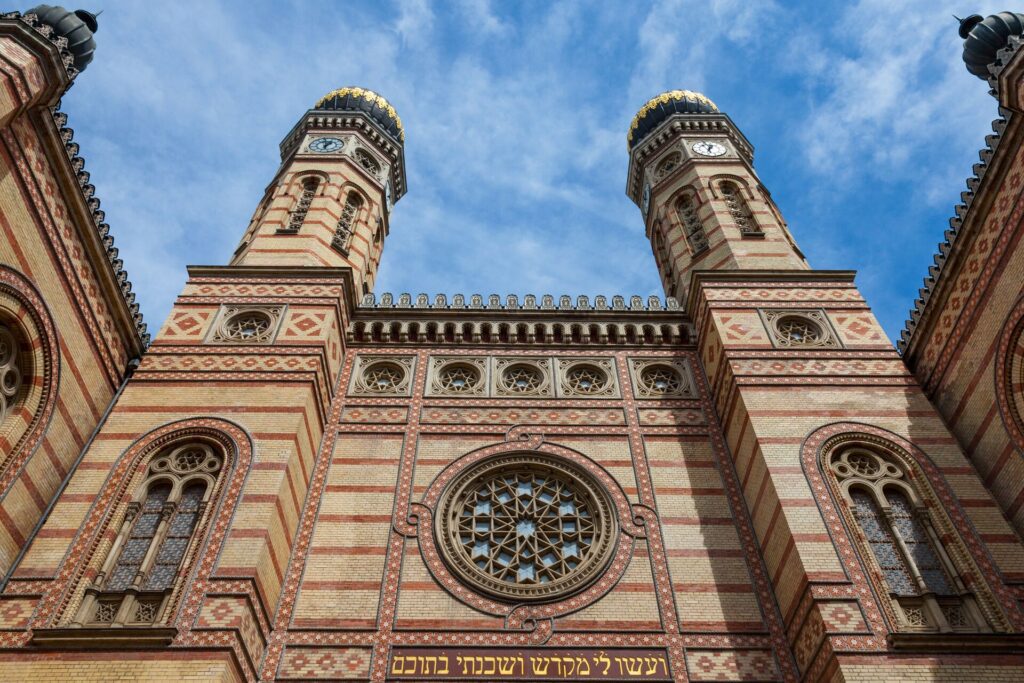

Enjoy a hearty Hungarian dinner
You must try some of Hungary’s hearty, homely cooking. Where better than at a local’s family-run restaurant? With Trafalgar, you’ll visit the Schieszl family who’ll serve you traditional Hungarian fare bursting with rich flavor. I joined the tour group as they visited Konrád at his family winery up in the small, red-roofed town of Budakalász, just outside of Budapest. We were first led down to the famous family cellar, where they once hid a Jewish family friend during the fascist persecution. This friend then helped them save the winery years later, making this story an integral part of the restaurant’s history.
In the cellar, we were treated to glass upon glass of fantastic Hungarian wine, which the family have been perfecting since the 19th century. Then we went up to the restaurant and enjoyed a lovingly-prepared Hungarian meal. Chatting with Konrád and soaking up the homely atmosphere of his restaurant and winery was for sure a highlight of the tour. I mean, just look at his smile, you can see what kind of host he’ll be!


Relax in a thermal spa
Budapest is called the City of Spas, because it’s built on over 120 natural geothermal hot springs. For hundreds of years, spas have been built to take advantage of this natural wonder, making relaxing in a thermal spa one of Budapest’s most cherished traditions. In fact, some of the oldest spas, which go back all the way to 1571, are still in use today!
That would be Rudas Baths, with has Ottoman-era origins. It offers a unique experience, including a rooftop pool with stunning views of the city. Széchenyi Thermal Bath, on the other hand, is one of the largest spa complexes in Europe, boasting grand Neo-Baroque architecture and a range of indoor and outdoor pools. For a more intimate setting, the Gellért Baths provide Art Nouveau elegance with beautifully tiled interiors and thermal pools.
Whichever you choose, each spa promises rejuvenation and a glimpse into Budapest’s rich bathing culture.
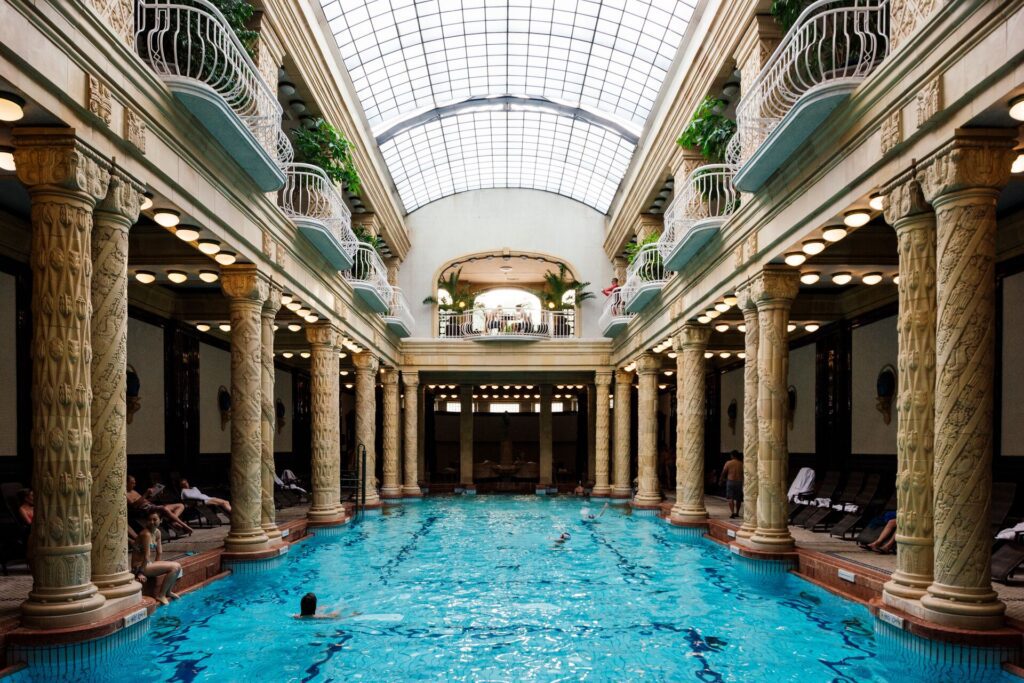

Visit a local village
Venture beyond bustling Budapest and discover more of Hungary on our tour, where we’ll go with our Local Specialist to the the picturesque baroque town of Szentendre. Nestled on the banks of the Danube and renowned for its charming cobbled streets and stunning vistas, this is a wonderful way to get out the city and see life outside the capital. Enjoy a Goulash cooking demonstration and savor this essential Hungarian dish during a delightful lunch that also includes cake and drinks. Afterwards, you and your new tour friends have time to explore the local shops where you can find beautiful Hungarian embroidery, ceramics, and paprika. Perhaps you can strike a bargain!
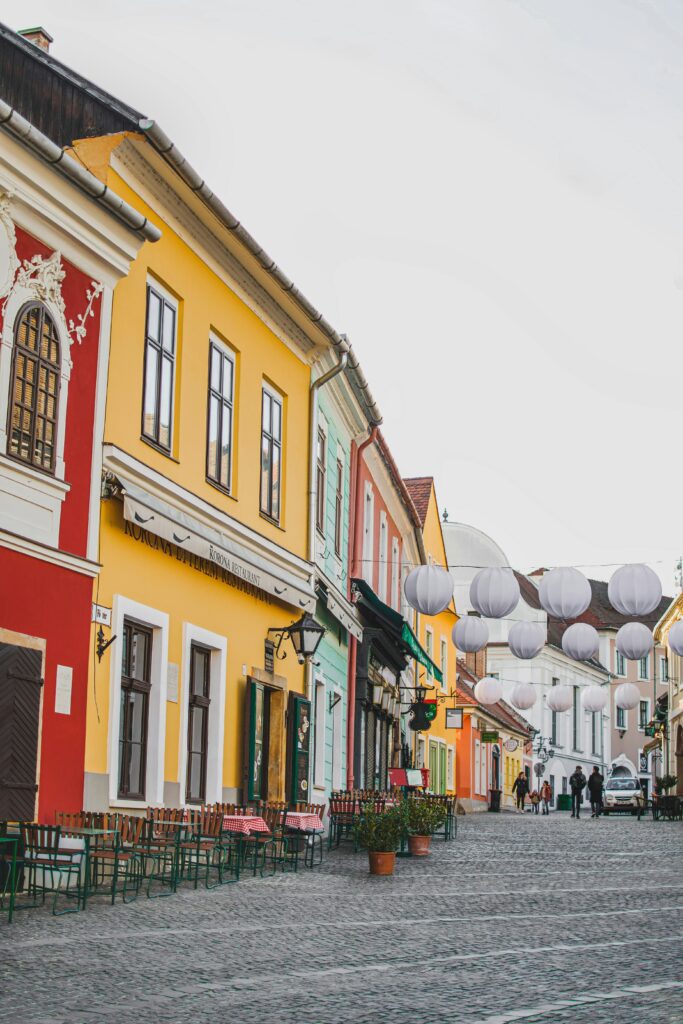

I wish more travelers would come see this beautiful part of Europe. Budapest is a fascinating city, with a wonderful blend of modernity mixed with rich history. It’s truly characteristic; as you rattle through old cobbled streets on little trams, taking in the gothic spires and crooked apartment blocks, you’ll feel transported back to the 19th century. Trafalgar’s tour of Prague, Vienna and Budapest is a fantastic trip, taking you to the three cities that once served as powerhouses of European culture. It was in these cities that countless writers, musicians, artists and scientists helped progress human knowledge. Come and follow in their footsteps and unlock the unique, bohemian culture of Central Europe.
Tour not found.